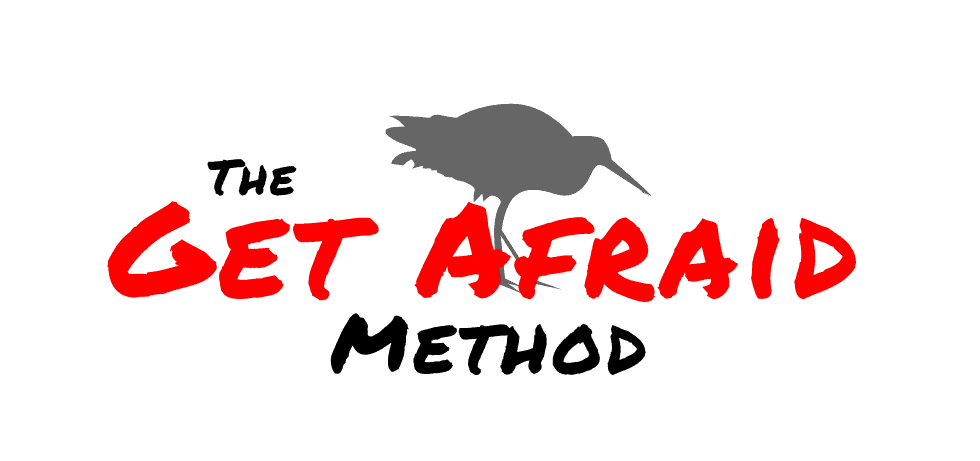 Over the last several years I’ve been stepping out of my comfort zone. I started off hailing a taxi and going to a barbershop and ended up trying improv and standup comedy.
Over the last several years I’ve been stepping out of my comfort zone. I started off hailing a taxi and going to a barbershop and ended up trying improv and standup comedy.
It seems like the right time to share what I’ve learned along the way. If you’re feeling stuck or want to try something new, I hope this helps.
1) List 3-5 Little Things You’re Afraid to Do
Little things you’ve always wanted to try, but you’re afraid. Not big things like skydiving. Think of fears that are small and personal. You may notice the thing you really want to do isn’t nearly as scary compared to the rest of your list.
Examples
Learn to Swim
Try Sushi
Grow a Beard
2) Pick One and Write Down Everything that Could Go Wrong
Commit to trying the one you think might be the most rewarding or you’re least afraid of.
Set a timer for 5 minutes. Ask yourself, “What’s the worst that could happen?” Begin by writing, “I’m afraid of…” Include all of your questions and subfears. They might start to sound absurd after a while.
When the timer ends, take a few deep breaths and use what you wrote to prepare for and mitigate smaller subfears.
If you need help rationalizing your worries, work your way through each subfear and ask:
- How likely is it to happen?
- If likely, what can I do to reduce it from happening?
- If it must happen, how can I cope with it?
- If everything goes wrong, how can I rebound from it?
Write potential solutions near your subfears.
Example
“Learn to Swim”
I’m afraid of sharks – This isn’t likely. I’ll take lessons in a pool.
I don’t want to slip in the showers – I shower every day and I’m OK.
What if I sink? – I can reduce this by working closely with a swimming instructor.
I’m going to hate it. – If I hate it, I can go for a bike ride to rebound from it.
Tips to evaluate and mitigate subfears.
- Research
- Talk to People
- Assess risk
How rewarding could it be? How damaging? What is the cost of inaction? - Assemble a Network of Support
- Delegate what you can
- Consider Bringing a Friend
3)Try It for the Story
Once you’ve prepared for and responded to your worries, consider trying it. Remember, this is something you wanted to try. Ultimately, it’s up to you. The trick is to have someone in mind who you’d like to tell about it. Thinking about telling them may help hold you accountable for following through.
Tell them all about what happened when you finally tried the thing you were afraid of. Good details. Bad details. Pay attention to how you feel when telling them. Was the activity the same or different than expected? What parts would you try again? What do you want to avoid? Use these feelings to revise your list, then repeat Step 2 for something new.
At getafraid.com, we expressly disclaim responsibility, and shall have no liability, for any damages, loss, injury, or liability whatsoever suffered as a result of your reliance on the information contained in this site or additional audio/visual properties. Privacy Policy | Disclaimer
